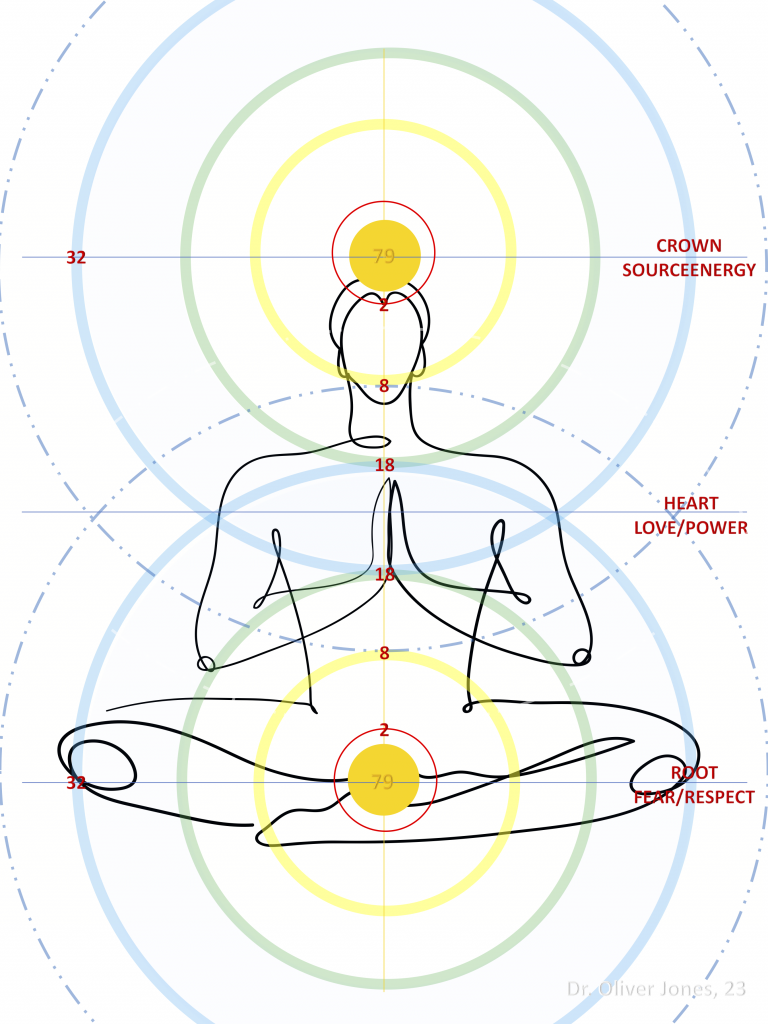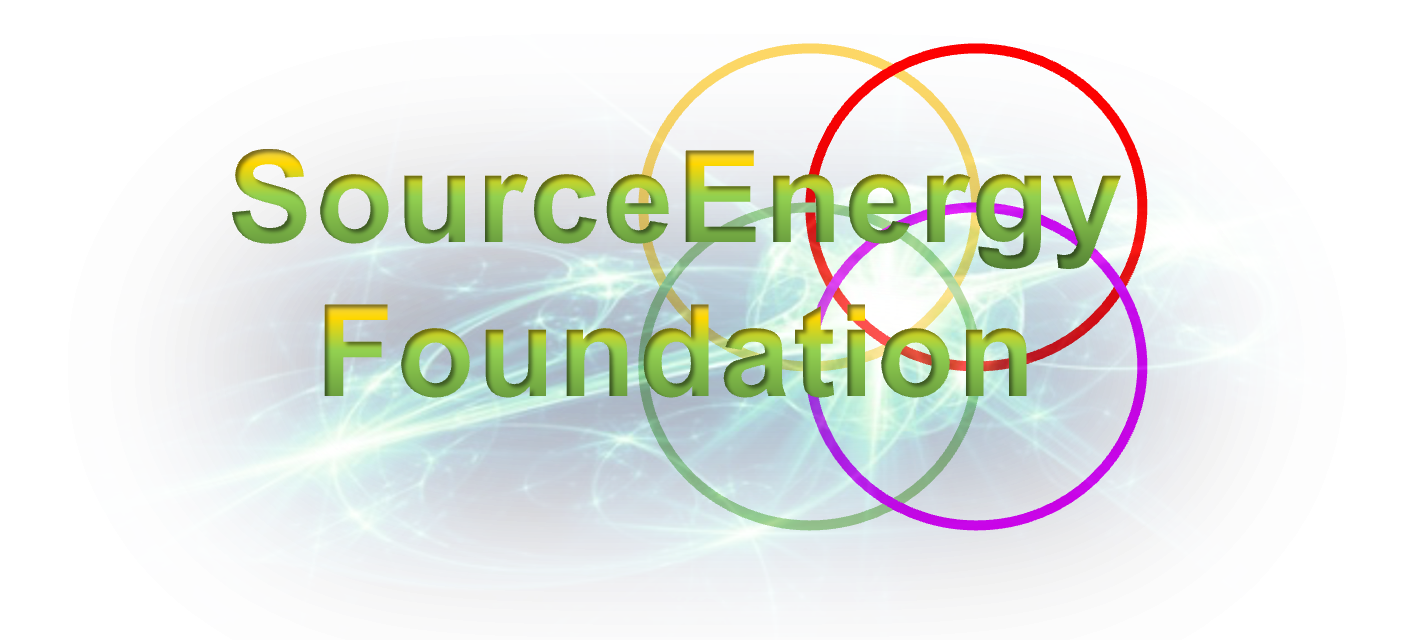Layer 3: Knowledge Acquisition
Here we examine Layer 3, which is devoted to “Knowledge Acquisition,” in the context of the 27-layer neural network and its synergy with the Wealth Ecology Model.
Objective:
The central aim of Layer 3 is to harness advanced machine learning algorithms to process incoming data, with the intent of acquiring new knowledge. This layer operates as a dynamic learning center within the neural network, absorbing relevant information and continually expanding its capabilities.
Technical Components:
- Machine Learning Algorithms: A suite of algorithms such as decision trees, neural networks, and support vector machines are employed to analyze data and generate new knowledge.
- Data Preprocessing Modules: Before data is fed into the learning algorithms, preprocessing components normalize, clean, and structure the data to ensure accurate learning.
- Feature Extraction: Sophisticated techniques are employed to identify and prioritize the most meaningful and relevant data features for the learning process.
- Parameter Tuning: Various hyperparameters are adjusted in real-time to optimize learning and adapt to new data inputs and changing conditions.
- Output Data Cache: Stores learned knowledge in an organized fashion for future reference and application in later layers.
Operational Flow:
- Data and action proposals that have been ethically screened in Layer 2 are fed into the Data Preprocessing Modules.
- Feature Extraction mechanisms discern the most significant elements of the data.
- Selected machine learning algorithms process this data, engaging in knowledge acquisition.
- Parameter Tuning adjusts the algorithms based on learning performance.
- Acquired knowledge is cached in the Output Data Cache and prepared for forwarding to subsequent layers.
Knowledge Acquisition & Wealth Ecology Model:
Layer 3 aligns particularly well with the Wealth Ecology Model’s focus on “Technology” and “Education,” essentially acting as a hub for technological learning and knowledge dissemination. Knowledge is a form of wealth, and in an ecology that values balance and prosperity, the judicious use and accumulation of knowledge can serve as a robust foundation for sustainable development.
By combining ethical screening from Layer 2 and knowledge acquisition in Layer 3, the neural network operates in a realm where technology meets ethics, ensuring that it becomes not just a tool of raw computation but a platform for enlightened, responsible decision-making.
Through the incorporation of Knowledge Acquisition as Layer 3, the network facilitates the blend of computational prowess and ethical wisdom, further fulfilling the objectives and philosophies outlined in the Wealth Ecology Model.

